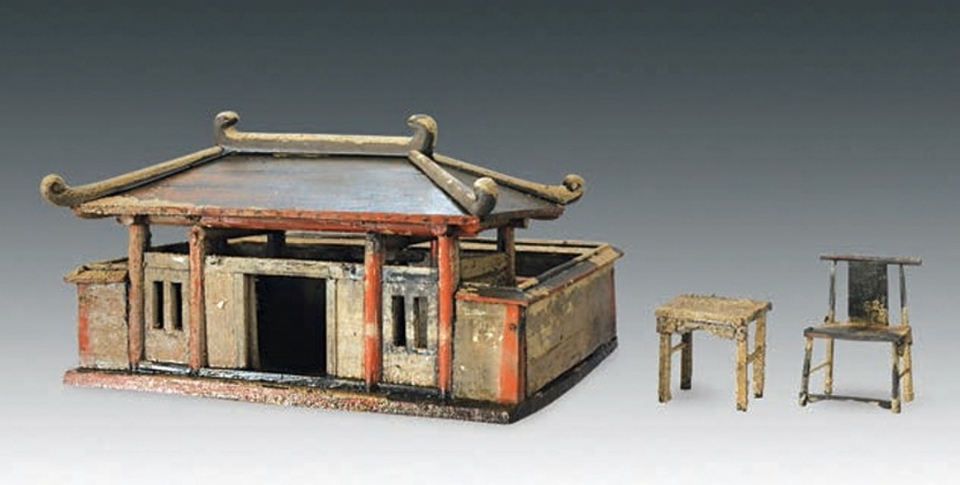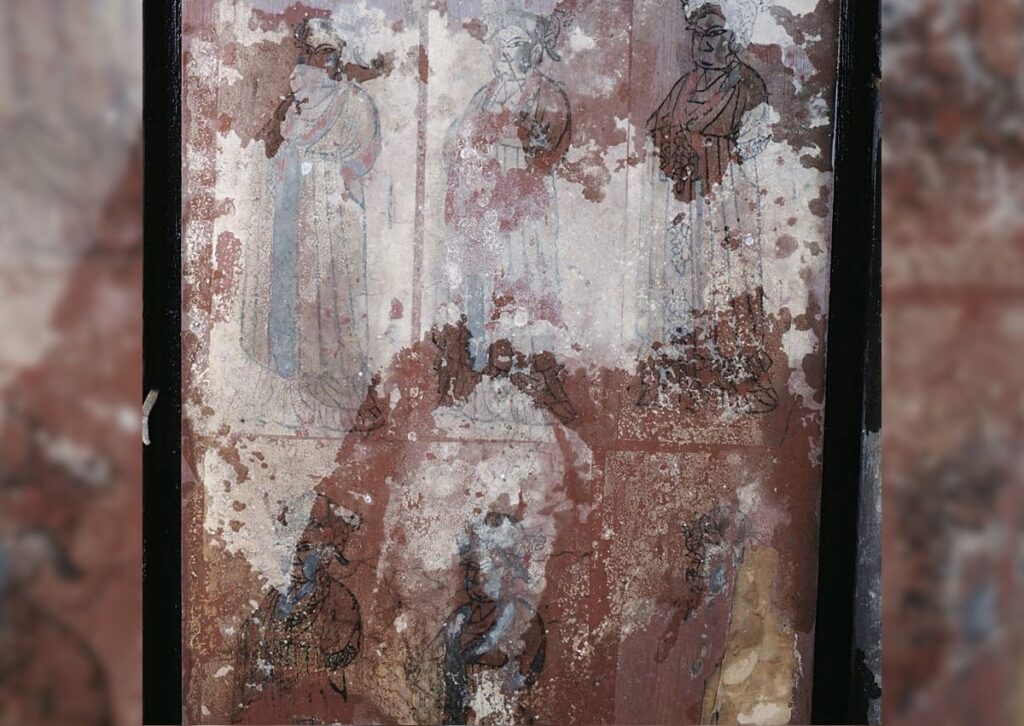900 year old ‘Grand Lady’ Skeleton Emerges from Watery Coffin
In China at Tieguai Village Archeologists have discovered the remarkably well-preserved 900-year-old remains of a woman who was called “Grand Lady” and have found that a number of various and precious important objects have been found next to her skeleton.

Perhaps the most profound of these grave goods was what looks like a model dollhouse that was filled with miniature furniture, Fox News reported.
A silver pendant was also retrieved from the Chinese tomb, displaying two dragons chasing after pearls. The name “Grand Lady” was found written on a banner on the upper side of the inner coffin, and the banner records that the woman, believed to be née Jian, once resided in Ankang Commandery.
Archaeologists who were involved with the research on this woman explained in their paper that she was still very much intact and that “the skeleton [of the Grand Lady] is essentially preserved, complete with fingernails and hair.”
Gold and silver hairpins were still on the Grand Lady’s head after 900 years and “there were silver bracelets on her arm and a string of bronze coins on her abdomen, 83 coins altogether.”
Archaeologists noted that “underneath her right hand were two zongzi [which are the remains of two sticky rice dumplings], and embroidered shoes were on her feet.”

Archaeologists also found that there were several paintings on the inner coffin that are believed to be of the Grand Lady, with each of these showing the woman wearing different attire and accessories.
The time during which she lived has been determined by the discovery of 200 bronze coins that were found buried with her, which were in circulation between 713 and 1100 CE.
Because of this, it is believed that the woman most likely died at some point after 1100 CE. This means that she would have been alive during the Song dynasty, which was a particularly good time in China for the arts, and when science and culture were at their peak.
Also found in the Grand Lady’s coffin were curious artifacts known as minqi, which are real-life objects that are created in miniature, much like the dollhouse that was discovered.
Besides the dollhouse, archaeologists also recovered 10 female figurines that were donning masks and performing different functions, including playing music on their instruments.
While another coffin was found close to the Grand Lady’s, which may have been a relative, this was found to have been severely looted, and very few artifacts were still left inside.





